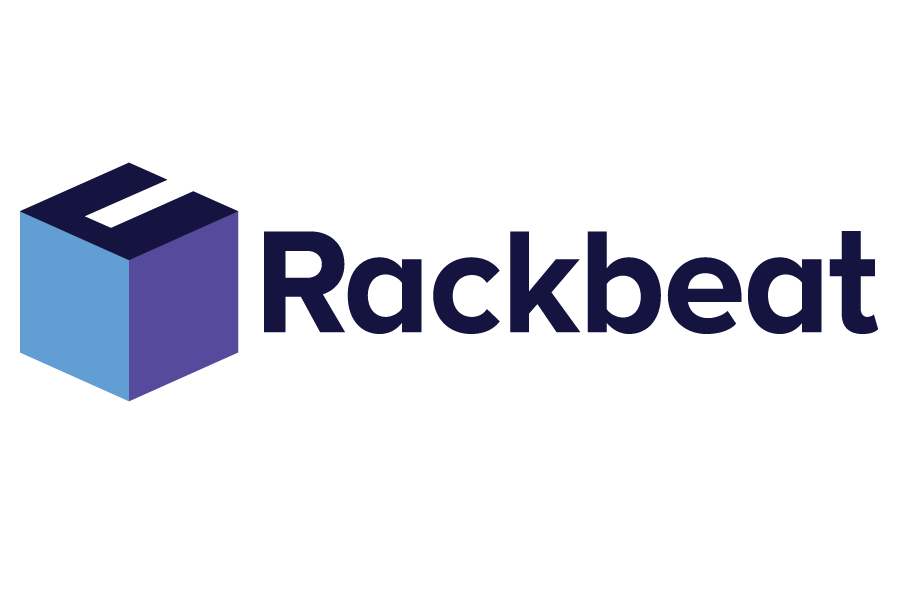ERP – Enterprise Resource Planning
ERP, or Enterprise Resource Planning, refers to a type of software used by businesses to manage and integrate the essential parts of their operations. An ERP system integrates areas such as planning, purchasing, inventory, sales, marketing, finance, and human resources. The aim of ERP is to improve and streamline business processes, leading to increased efficiency and reduced costs. By centralizing data and processes into a single system, ERP systems help businesses achieve better data integrity and insight, enabling them to make more informed decisions faster.
Rackbeat January 22, 2024
Rackbeat Can Work Alongside Your ERP System
Rackbeat is designed to function seamlessly with ERP systems, creating a valuable solution for inventory management and resource planning. By integrating Rackbeat’s advanced inventory management features with an ERP system, companies can achieve even greater visibility and control over their operations. This collaboration enables real-time updates of inventory status, automated order processing, and accurate financial reporting – all crucial elements for optimizing the business.
With Rackbeat’s user-friendly platform, businesses can easily manage their inventory levels, monitor supply chain activities, and analyze sales data, which are essential for effective resource planning and decision-making. Furthermore, Rackbeat’s ability to integrate with existing ERP systems helps businesses to extend their functionality without disrupting existing workflows.
This integration between Rackbeat and ERP systems supports a more streamlined and efficient business model, where data flow between different business functions is optimized. This means that businesses can improve their operational efficiency, reduce costs, and enhance customer service – all through a more integrated and intelligent system design. Rackbeat, therefore, offers not just a solution for inventory management, but also a pathway to a more holistic and efficient business operation in conjunction with an ERP system.



